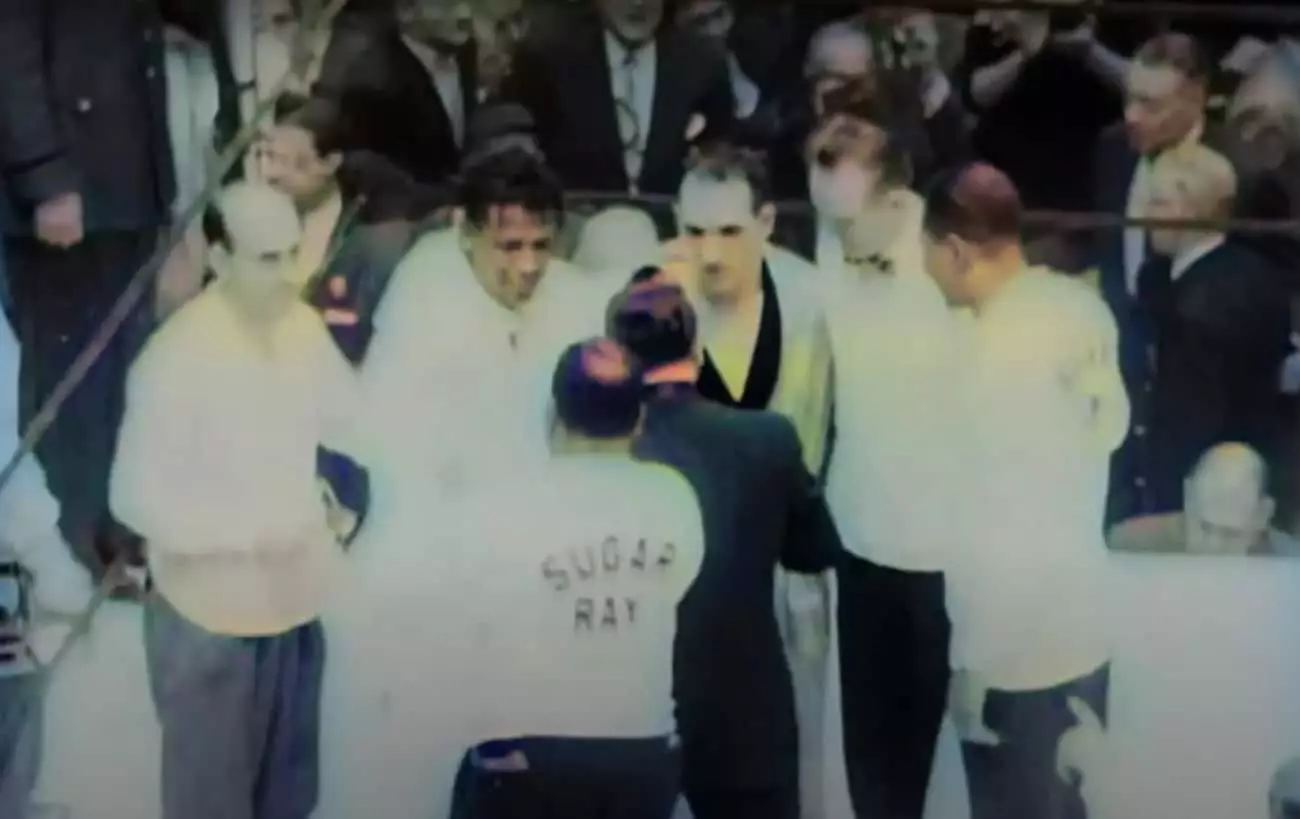When we delve into the annals of boxing history, few rivalries resonate as deeply as that between the legendary Sugar Ray Robinson and the formidable Gene Fullmer. Robinson, often dubbed the greatest boxer of all time, had an illustrious career that saw him take on numerous challengers, but his series of bouts against Fullmer remain etched in the minds of fans and historians alike. This article seeks to explore the ebb and flow of their encounters—from the intensity of their battles to the broader implications for boxing.
A Prelude to Greatness
Born Walker Smith Jr., Sugar Ray Robinson transcended the sport of boxing, emerging as a cultural icon and a symbol of excellence within the ring. By the time he entered the ring against Gene Fullmer, Robinson was already a seasoned champion, boasting a jaw-dropping record of 140 wins, 4 losses, and 2 draws. He had already held the middleweight title multiple times and was well-versed in the art and strategy of boxing. In stark contrast, Fullmer was a rising star with a reputation for toughness, resilience, and a rock-solid chin, holding a record of 37 wins and 3 losses at the time.
The first fight on that fateful day in 1957 pitted Robinson against a younger, hungry Fullmer who was determined to claim the middleweight title. The battle—a showcase of skill, tenacity, and pure will—saw Fullmer delivering significant punishment to Robinson, eventually leading to a knockout in the seventh round. This encounter showcased the grueling nature of boxing, with Robinson sustaining a cut above his eye and being decisively outpointed by the end of the match. Critics and fans alike were left in shock as the new middleweight champion emerged from the ring, and Robinson was left to contemplate his strategy for their inevitable rematch.
The Redemption Fight
Just four months later, a rematch was set to ignite the anticipation of boxing enthusiasts everywhere. Robinson, now approaching 37 years of age, was driven by a potent blend of revenge and determination. Fighting in Chicago, he managed to achieve what many thought improbable—knocking out the previously unbeaten Fullmer with a devastating left hook that remains iconic in the sport’s history. This bout not only evened the score at 1-1 but also revived Robinson’s status as a powerhouse, demonstrating his ability to adapt, learn, and deliver when the stakes were incredibly high.
This clash between the two fighters offered a moment of redemption for Robinson, as he showcased the kind of athletic prowess and quick thinking that had defined his career. Fullmer, who was rendered unconscious by the surprising power of Robinson’s punch, would forever be associated with this unforgettable knockout, serving as a testament to the unpredictability and excitement of boxing—where a single moment can change the trajectory of an athlete’s career and legacy.
As both fighters continued their careers, their third match, held in December 1960, marked another dramatic chapter in their rivalry. Now pushing 40, Robinson entered this fight battle-hardened and weary, sporting a record of 144 wins, 8 losses, and 2 draws. Fullmer, on the other hand, was determined to regain his championship after previously falling to Robinson. The match itself proved to be a grueling, tightly contested 15-round affair that ultimately ended in a controversial draw. Many fans and commentators felt that Robinson deserved the victory, which would have elevated him to a six-time middleweight champion.
However, the final fight in this legendary saga took place in Las Vegas and concluded with Fullmer decisively winning on points, adding another layer to their storied rivalry. The contrasting styles of both boxers were on full display over the course of nearly fifty rounds of boxing—the finesse and speed of Robinson versus the raw power and relentless pressure of Fullmer. Ultimately, Fullmer’s record against Robinson stood at 2-1-1, yet true boxing enthusiasts recognized the value and significance of their encounters.
While the official record may tilt in Fullmer’s favor, the impact of their rivalry extends beyond simple statistics. For fans and historians, the endless exchanges of punches, pride, and determination encapsulated the essence of boxing in the late 20th century. The battles of Sugar Ray Robinson and Gene Fullmer are not merely footnotes in sports history; they are a testament to what it means to compete at the highest level. As we reflect on the profound nature of their rivalry, we realize that the true winners were not merely the athletes themselves, but the sport of boxing and its enduring legacy of thrilling competition.

